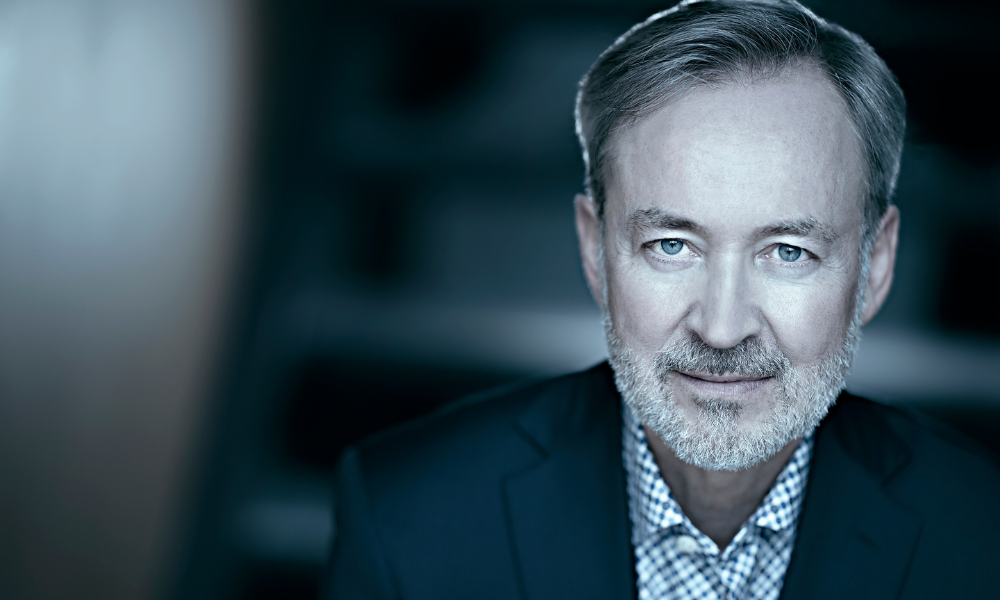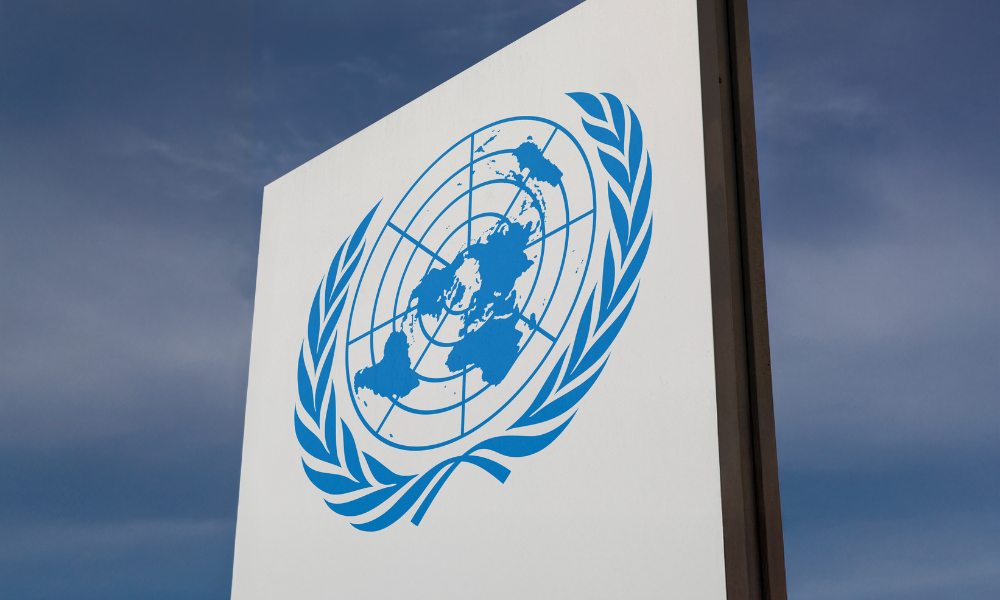Mental health leader on the importance of creating safe workplaces

“COVID has really shone a stark light on the urgency of addressing the growing mental health and substance use challenges that people are facing across Canada,” says Michel Rodrigue.
“We really are facing what a lot of people are calling an ‘echo pandemic’ of anxiety and depression. We’re seeing a steep decline which is being reported in terms of mental health across the board.
It’s really time for us to look at the nation, the needs of people and we need to expand the number of services that are available. And one way to do that is to create safe workplaces,” he says.
Rodrigue is the President and CEO of the Mental Health Commission of Canada, and previously served as its VP of Organizational Performance and Public Affairs, and VP of Operations.
He says that the Mental Health Commission of Canada is a “catalyst for change around service provision for mental health services, in terms of tackling the stigma that’s associated with a mental health problem or illness.”
“My role is to really provide that clear lens for our teams in terms of what priority we should tackle,” says Rodrigue. “One of my key roles is ensuring that our staff are safe, are well, and are resilient to be able to tackle the important work of the Commission.”
Rodrigue did a mid-career change, went back to his studies and did an executive MBA.
He has spent the last six years at the Commission, prior this he held a number of different roles.
Throughout his career Rodrigue has come across people “who may develop mental health problems, or an illness.
I lost a dear friend to suicide in 2005. All of those elements in my personal and professional life really brought home for me how important it is to focus on mental wellness and health, but as well on mental health problems and illnesses.”
And you can’t deal with these without looking at substance use issues and addictions, he says, because they are so intimately connected.
The pandemic has “affected all of us, but has affected some more harshly. And we need to communicate that to decision makers so that they adapt services to those populations which have become much more at risk through the pandemic.
What is even more distressing is that for those who had a serious mental health problem or illness prior to the pandemic, a number of them have not been able to access services and the impact of the pandemic has been really dire on them,” says Rodrigue.
Mental health stigma
When looking at psychological risks at work, there are a few.
Main psychosocial risks can be “around the culture of the organization, the psychological demands of your job, what kind of psychological supports and protections are place so that you’re able to do your job while being safe,” he says. “They can either be protective factors, or they can risk factors depending on how you manage them.”
“Stigma is one that cuts right through all of that,” says Rodrigue.
There are three lenses to stigma, he explains. Self stigma, which is where you “the shame will impede you from talking about a mental health problem or illness, that will impede you from seeking help.”
Secondly, there is social stigma, “so around your workplace, around your social network where if you disclose that you have a mental health problem, they will look at you at being stigmatized in a way.
And then there's a structural stigma, which are those decisions that are embedded within our processes that will not support mental health, that will not put the resources in place. So if you have a decision to make around budget allocation, it will not go to supporting psychologically safe workplaces, for example,” says Rodrigue.
Healthy behaviours
One way to build a psychologically safe workplace is through effective leadership.
As workplace leaders, “we have that big responsibility that you need to model the traits and behaviours that you want your team to emulate,” he says.
This means doing things like going on vacation without sending work emails, taking a healthy break at lunch, going outside during a break to get some fresh air and exercise, etc.
As well as this, there are training programs that organizations can provide to their teams or their managers “that will help them manage and have the confidence and tools to address a mental health problem or illness in themselves, in their teams or people in their family,” says Rodrigue.
The Mental Health Commission of Canada runs two such programs which are offered virtually.
Rodrigue says that through these programs the Commission has trained almost a million people in Canada “to really change the discussion around mental health, to give [them] the tools to have that confidence to intervene and to stabilize a situation.”
And speaking of virtual solutions, he notes the advent of virtual care as welcome, but one that needs to be scaled up:
“They’re not the solution, but they’re part of the solution to making sure people in Canada have access to timely, quality, mental health services when and where they need them.”
As well as its training programs, the Commission has created a voluntary standard, the National Standard for Canada for Psychological Health and Safety in the Workplace.
This is set of tools, guidelines and resources to help organizations promote mental health and prevent psychological harm at work.
“It’s a great to look at what you already have in place within your workplace, and see what you need to do to really create those safe spaces,” says Rodrigue.
Offering flexibility to employees is also key to improving psychological safety. One of the advantages the pandemic has afforded is allowing organizations to re-think the workplace.
“If you look at a hybrid model, people are able to work from home as well as come to an office to collaborate to really find those creative solutions,” says Rodrigue. “You’re really rethinking what a workspace is, and you’re creating flexibility so people are able to take care of elderly parents, take care of children, but also be as engaged and devoted to their work.”
You’re adapting so that they will stay well, and they are able to be resilient at home, at work – and the two are so interconnected, he says.
Says Rodrigue:
“You need to look at mental health holistically, you can’t differentiate between a physical illness and a mental health problem or illness. It’s part of the same body.
I think that’s one the invaluable, exciting parts of creating the future of work, there the way we work will be a lot more built around creating those psychologically safe workplaces.”





